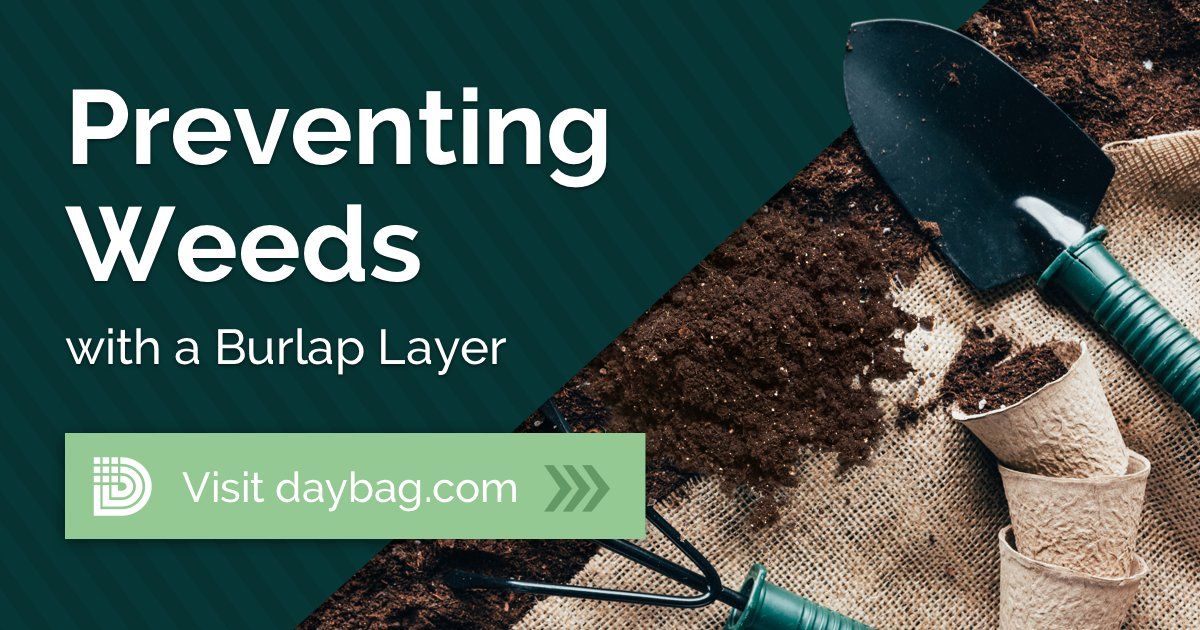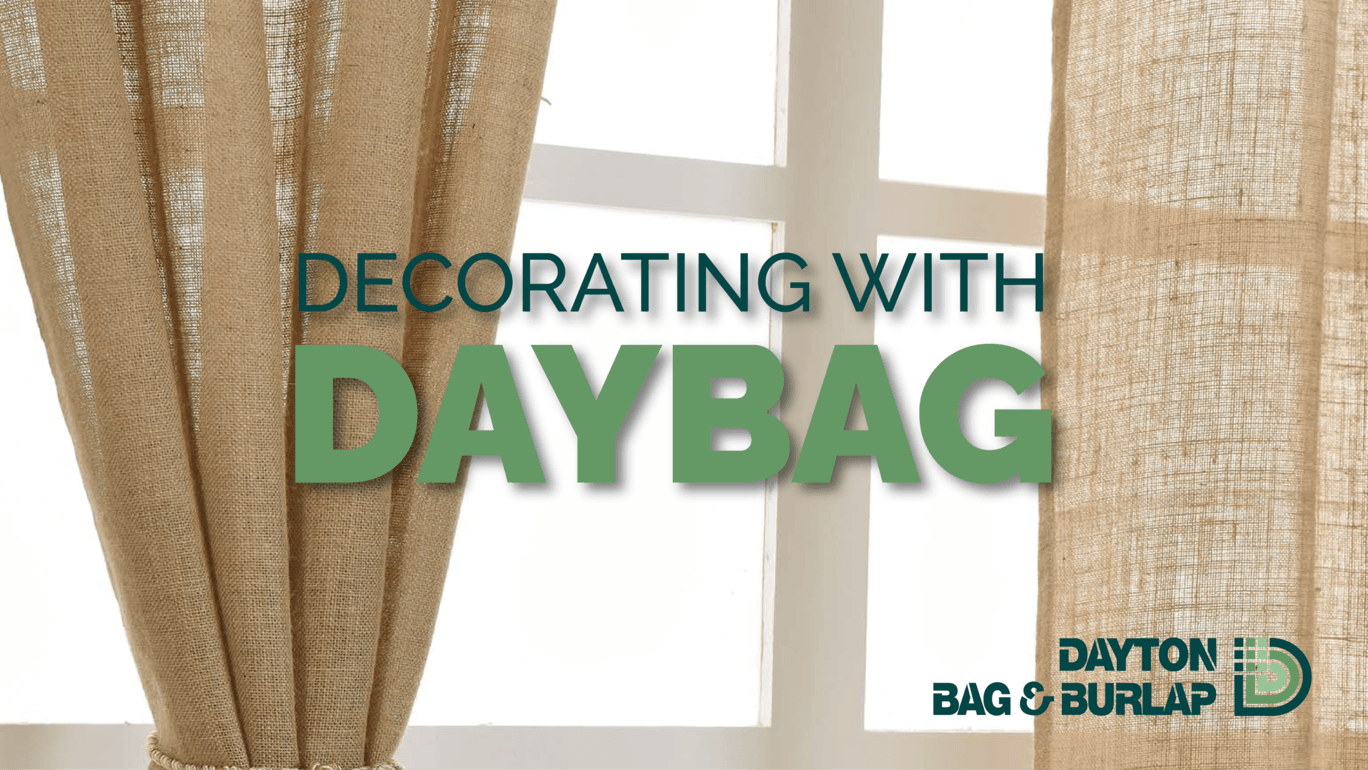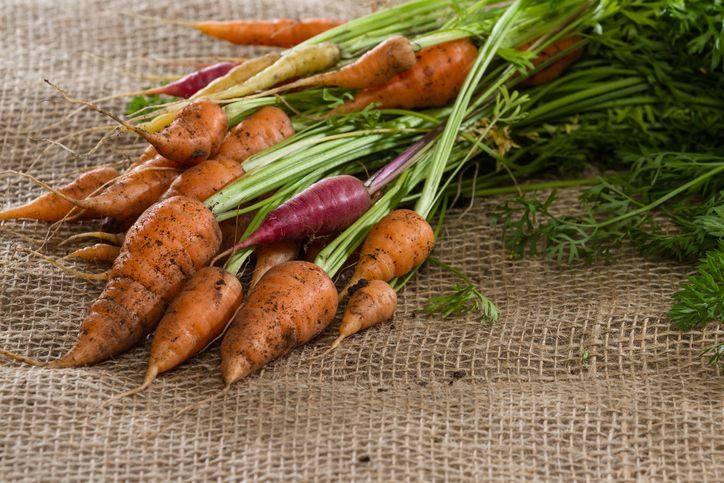HOW TO USE GARDEN TWINE
Gardening twine is one of the most useful tools in a gardener’s tool box. However, newer gardeners might not be aware of the broad uses of twine in a garden. Twine is a durable, light thread made up of two or more strands which are twisted together resulting in increased strength. We’ll cover how someone might use twine to support their plants and what the best practices are for doing so.
Tying and supporting plants is undoubtedly one of the main ways that people use twine in their garden. This can be done in a variety of ways depending on the plants you own. For example, tomato plants grow as vines and, when they bear fruit, the vines can become quite heavy. To maximize growth while keeping the vines from spreading out, many people use a vertical model which incorporates a structural object to make the plant grow upwards. These structural objects can be anything from a few gardening stakes to cages or trellises for more defined shape. In all these cases, twine is useful in helping to secure parts of the plant to your structural object. This helps the plant to grow strong and spread out without drooping, injuring the plant, or invading another plant’s space.
The proper way to tie a plant with twine is not to tie it too tightly. Trunks, stems, and branches of plants will often expand over time, so it is good to not tie your knots to the point of constricting the plant. Use your best judgement on this. The plant should be held primarily by the support item and its own trunk/stem with the twine there to add as an additional cushion to prevent movement. If the plant keeps falling with a loose knot (like in the instance of a vertical stake), you may want more support with an additional stake. Another strategy is to go ahead and tie a tighter knot while keeping an eye on it and loosening the knot as the plant grows, although you should still maintain caution in the amount of force that is being put on the connection point. Fortunately, twine has a good amount of friction, so you shouldn’t have to go too tight for the string to take hold.
Another important way to utilize twine is in the creation of a hanging garden or planter. This usually involves an overhead structure or wall that can be used to hang things from. Using twine, you can hang planters up off the ground to maintain ground space and create an unique aesthetic to wherever these plants are hung. There’s even a traditional Japanese gardening artform dedicated to this idea called Kokedama that allows plants to stay alive after being removed from a pot using the plant’s tightly wound roots and string as the main support for the soil. Furthermore, vine-like plants, such as the aforementioned tomato, can be grown into an overhanging gazebo providing both shade and a nice green space. Solutions for hanging gardens and planters can be found throughout the internet and in different styles, so do more research on the options if you’re interested.
By learning to use twine to tie off and support your plants, you can optimize your garden’s tidiness, help your plants to grow, and can even do fun projects like create a hanging garden. Tying off plants is not the only use for twine in a garden, but it is perhaps the most important. We hope these tips help you to support your own plants and give you some ideas on creative ways to structure and improve your garden.











